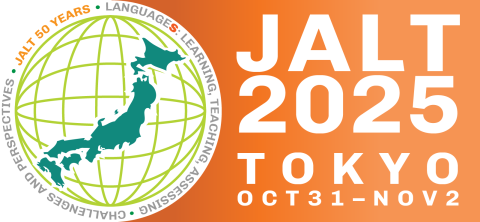Reference Data:
Fennelly, M. G., Fukuda, S. T., & Kaiser, M. R. (2025). Exploring teacher communication: A case study of HRT and Senka. In B. Lacy, M. Swanson, & P. Lege (Eds.), Moving JALT Into the Future: Opportunity, Diversity, and Excellence. JALT. https://doi.org/10.37546/JALTPCP2024-14
This qualitative case study investigates the communication patterns of Homeroom Teachers (HRTs) and Specialist English Teachers (senka) in their respective English classrooms, focusing on alignment with the communication-based goals of Japan’s Course of Study (CoS), a document outlining subject goals and content for all schools nationally. English language teaching in Japanese elementary schools has undergone four main stages of development, with the current stage shifting from primarily HRT-led lessons to progressively more senka-led classes, increasing the diversity of training needs among teachers. Building on prior research into self-reported anxieties and strengths of HRTs and senka, this study analyzes classroom transcripts, interviews, and survey data to explore communication patterns in HRT- and senka-led classrooms. Analysis confirmed a tendency with senka to use more instructional English rather than communication-focused interactions and a tendency for HRTs to be more authentically communicative with students in general, but to switch back to Japanese rapidly during interactions.
本研究は、学級担任および専科教員の英語授業におけるコミュニケーションパターンを調査し、日本の現行学習指導要領におけるコミュニケーション重視の目標との整合性に焦点を合わせている。日本の小学校英語教育は4つのステージを経ており、現在は学級担任主導の授業から専科教員による授業への移行が進み、教師間の研修ニーズが多様化している。本研究は、学級担任および専科教員の自己申告による不安と強みに関する先行研究を基に、授業記録、インタビュー、調査データを用いて、それぞれの教室におけるコミュニケーションパターンを詳細に分析する。データ分析の結果、専科教員は指導的英語を多用する一方で、コミュニケーション重視のやり取りは少なく、学級担任は自然な形で児童と対話しているが、すぐに日本語に切り替える傾向があることが確認された。


